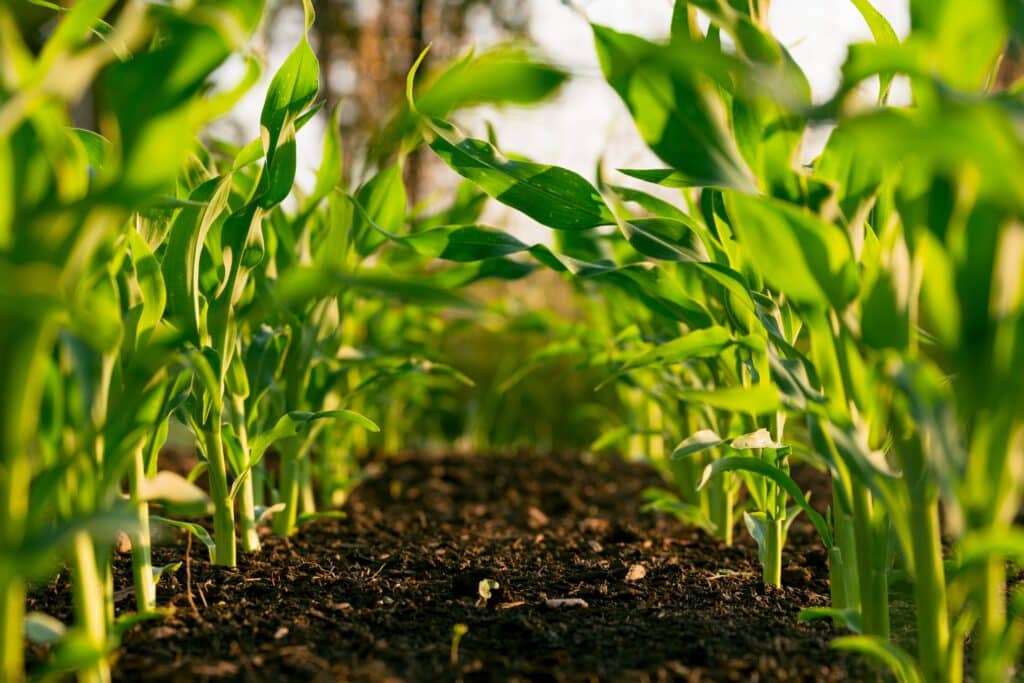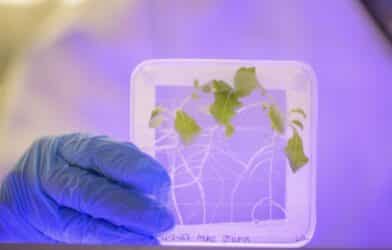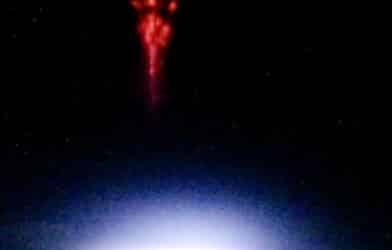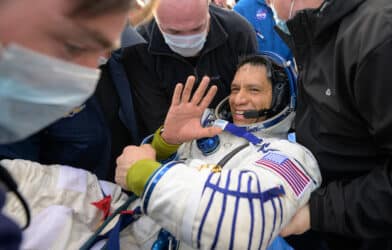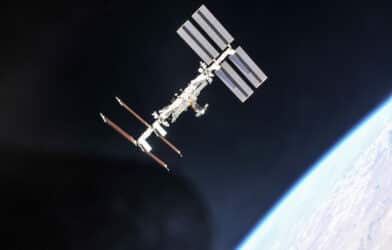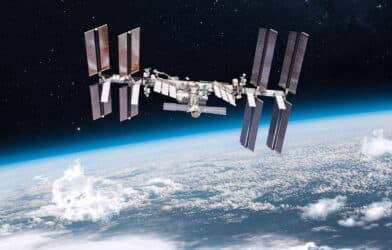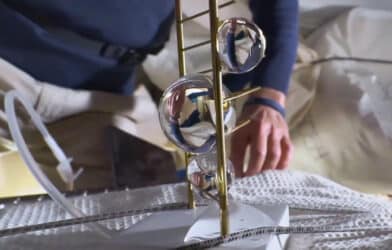America now extends outside the planet, well, sort of. A tiny piece of Washington state is currently floating in space as its soil and bacteria will be used to determine if food can grow in space or another celestial body. Scientists will be analyzing what the bacteria do in a microgravity environment to learn more about how soil microbial communities function in space.
The piece of earth from Prosser, Washington, was blasted off into space from the Kennedy Space Center on July 14 and is heading to the International Space Station.
The soil microbial community is composed of eight species of bacteria that Pacific Northwest National Laboratory scientists isolated from a scientific field site in Prosser. The eight species of bacteria include: Dyadobacter, Ensifer, Neorhizobium, Rhodococcus, Sinorhizobium, Sphingopyxis, Streptomyces, and Variovorax.
Scientists will be studying how microbes behave in space compared to what they do on Earth. The experiment is dubbed Dynamics of Microbiomes in Space, or DynaMoS.
“We still have a lot to learn about how microorganisms behave on Earth,” says Janet Jansson, a chief scientist and laboratory fellow at PNNL and the leader of DynaMoS, in a statement. “There are even more questions to address if we are to grow food in space, for instance on the lunar surface or for a long-lasting mission to Mars. How do microbes behave in microgravity, for instance?”
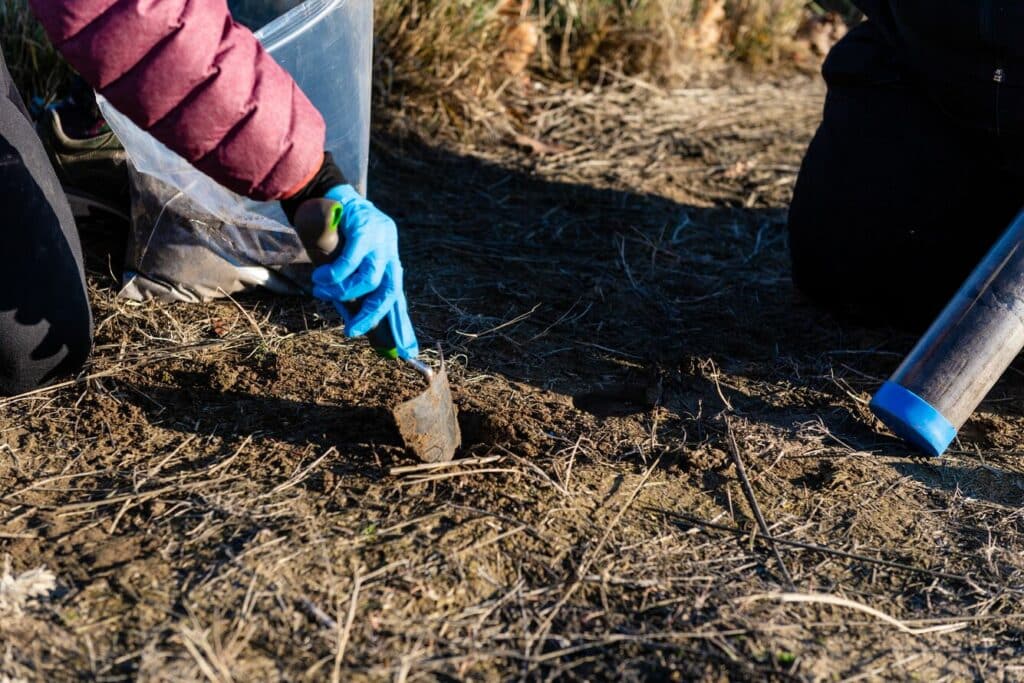
Other questions scientists will be looking to answer include: Why do some species flourish under certain conditions and struggle under others? Who needs which partners to thrive, and who might be expendable? Will microbes work in space like they do on Earth, to help us grow food and cycle carbon and other nutrients?
“Plants need beneficial soil microbes to help them grow. Microbes can provide nutrients and protect plants from drought, from pathogens, and from other kinds of stress,” says PNNL scientist Ryan McClure, who has spent years studying how communities of microorganisms behave in the soil on Earth. “Understanding how microbes interact as they do this is the first step for building communities of microbes that can support plant growth in places like the moon, Mars, or the space station.”
The soil from Prosser contains chitin, a common microbe chow found in soil globally. A key for the microbial community to survive is the ability to eat chitin. “The native soil microbiome is very complex, with thousands of species and millions of interactions. So, we chose to start by focusing on eight species from a naturally evolved community to study,” explains McClure.
The study will use 104 test tubes containing the soil and chosen microbes. Half of the test tubes will be sent to the International Space Station and the other half will grow under similar conditions at a Kennedy Space Center laboratory. Each of these tubes contains 20 grams of soil packed with chitin and hundreds of millions of each of the eight bacteria. The tubes will then be sampled at four different times over 12 weeks. The space samples will be returned to the Kennedy Space Center.
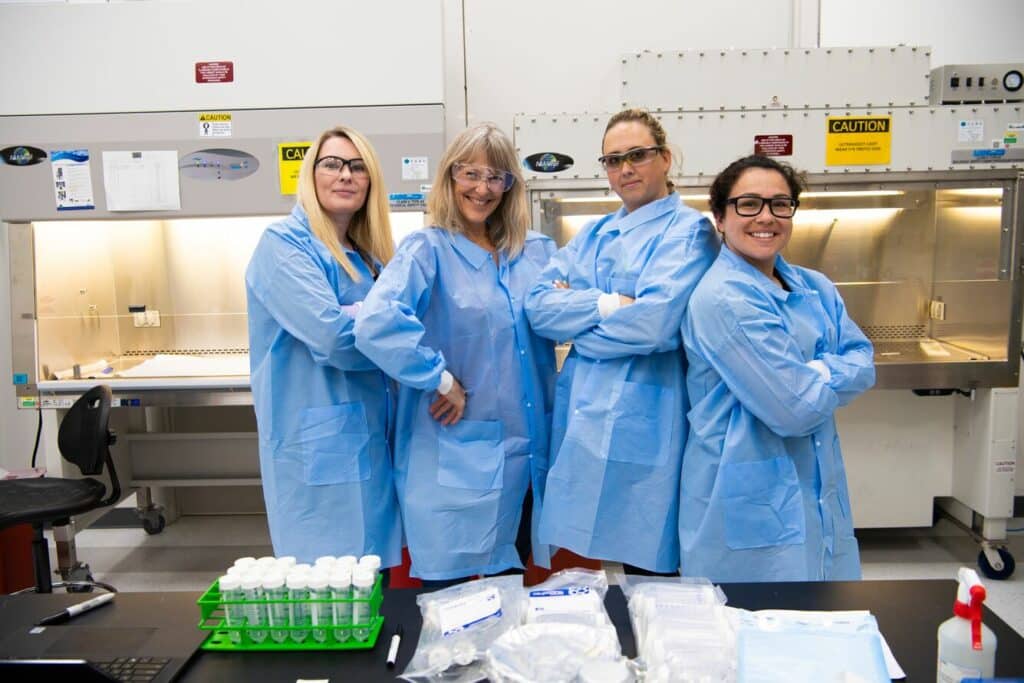
PNNL scientists will be measuring the number of each species, including their proteins, other molecular messengers known as transcripts, and byproducts called metabolites. The measurements scientists take will tell which species is most abundant, which is rare, and what each is doing and how they’re interacting.
“We need to understand who plays well with whom, who never wants to be with whom, and so on,” says Jansson. “It takes a village of microbes to create a thriving community and to enhance crop production. That’s true for agricultural production anywhere, whether in space or on Earth.”
The experiment is funded by NASA.
